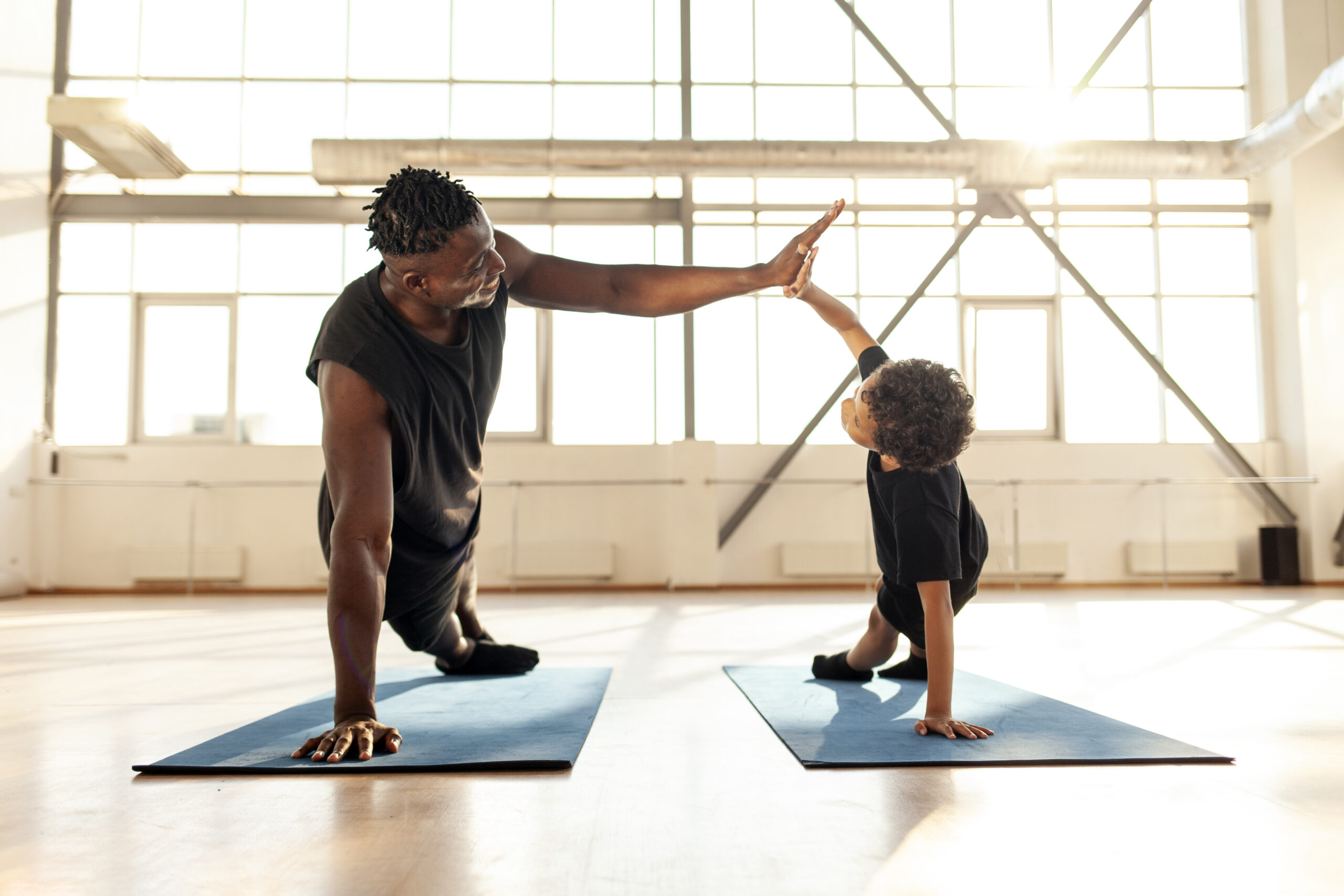We’ve all heard the advice: sleeping on your back is best for your posture, spine health, and even wrinkle prevention. However, recent research is challenging this long-standing belief, particularly when it comes to brain health.
A study presented at the Alzheimer’s Association 2024 International Conference found a “relatively strong association” between sleeping on your back and neurodegenerative diseases, such as Alzheimer’s. While this study doesn’t prove causation, it suggests that sleeping on your back may contribute to the development of conditions like Alzheimer’s.
But what about your spine? For years, back sleeping has been touted as the ideal position for spinal alignment and avoiding neck and back pain, as well as preventing premature wrinkles—especially on just one side of your face!
So, what’s the right approach? It turns out that sleeping on your side might be the answer, and not just for your spine, but also for your brain and skin.
Sleeping on your side has gained attention for its potential benefits for brain health, particularly in terms of improving glymphatic drainage. This system is responsible for removing waste products from the brain, and research has shown that side sleeping may enhance the clearance of cerebrospinal fluid, helping to flush out toxins that could contribute to neurodegenerative diseases, like Alzheimer’s.
Why Side Sleeping Might Be Better for Brain Health
Sleeping on your side has gained attention for its potential benefits for brain health, particularly in terms of improving glymphatic drainage. This system is responsible for removing waste products from the brain, and research has shown that side sleeping may enhance the clearance of cerebrospinal fluid, helping to flush out toxins that could contribute to neurodegenerative diseases, like Alzheimer’s.
In particular, sleeping on the left side may offer additional benefits. It is thought to improve the flow of cerebrospinal fluid, which could play a role in enhancing the body’s natural detox processes during sleep.
Preserving Spinal Alignment While Side Sleeping
While side sleeping may be beneficial for your brain, you’ll still want to prioritize spinal alignment to prevent neck and back pain. The key here is to use the right pillow and sleep posture adjustments.
• Choose the Right Pillow A supportive pillow is essential for side sleeping to ensure your neck is properly aligned with your spine. Look for a pillow that fills the gap between your head and the mattress without tilting your head up too high or letting it sag down. Memory foam or contoured pillows are often favorites for side sleepers because they mold to the shape of your head and neck, offering support that helps maintain proper alignment. The Omnia anti-aging pillow by Sleep & Glow is a good anatomically designed pillow. Use the coupon code “Resolve” for 15% off.
I also really like the Holy Lamb Orthopedic Neck Pillow, made with wool, which naturally repels mildew and is ideal for those sensitive to mold and toxins. They stitch the pillow to have different levels of neck support on the top and bottom so you can choose your level of neck support. Holy Lamb ensures their products are toxin-free, using only organic materials without synthetic additives.
Shepherd’s Dream is an option for standard eco wool-filled pillows (not engineered for additional neck support), and they’re a little more affordable. Shepherd’s Dream also offers a smaller neck roll pillow, which can be a great option—though it may take time to adjust if you’re used to traditional pillows.
These pillow options are an investment, but with proper care, they’ll last for years. Another simple alternative is to roll up an organic cotton towel or blanket and place it under your neck for similar support.
• Use a Pillow Between Your Knees One of the most effective tricks for preserving spinal alignment while side sleeping is placing a pillow between your knees. This helps maintain the natural curve of your spine by keeping your hips, pelvis, and spine in alignment. It can also reduce strain on your lower back, making side sleeping more comfortable. A simple body pillow or a smaller one placed between your knees can work wonders.
• Consider Your Mattress Your mattress plays a crucial role in spinal health. A medium-firm mattress is generally considered best for side sleeping because it provides enough support to keep your spine aligned while still being soft enough to prevent pressure points. If your mattress is too firm or too soft, it may cause discomfort and misalignment over time.
• Body Position Matters When you sleep on your side, it’s important to avoid curling your body into too tight of a fetal position. While a slight bend in your knees is perfectly fine, excessive bending can strain your lower back and shoulders. Try to keep your body as straight as possible, with a slight curve in your neck and spine.
Wrinkle Prevention While Side Sleeping
Side sleeping can sometimes lead to wrinkles or “sleep lines,” especially if your face is pressed into the pillow for long periods. Some dermatologists even claim they can identify which side a person sleeps on based on the more prominent wrinkles on that side of the face.
While back sleeping is often recommended for wrinkle prevention, side sleepers can minimize this risk by using a silk or satin pillowcase. These materials create less friction against the skin compared to cotton, which can help reduce sleep lines and prevent premature wrinkles.
You can also try a pillow designed to reduce facial compression, like the Omnia anti-aging pillow by Sleep & Glow. This anatomically designed pillow has been shown to help reduce sleep wrinkles. Made in Italy and Oeko-Tex certified, it ensures your pillow is free from harmful chemicals. The company sent me one to try, and I’ve been impressed—it checks all my boxes for support and non-toxicity (Oeko-Tex certified). Save 15% off with the coupon code “Resolve”.
Final Thoughts
While back sleeping has long been recommended for spinal health and wrinkle prevention, recent research suggests that side sleeping could offer significant benefits for brain health by improving glymphatic drainage and reducing the risk of neurodegenerative conditions. With the right pillow and sleep posture adjustments, side sleeping can also promote spinal alignment and comfort.
Considering how much of your life is spent in bed, choosing non-toxic, supportive bedding is well worth it. Prioritize organic options that provide proper neck support.
RESEARCH + RESOURCES
https://pubmed.ncbi.nlm.nih.gov/26245965
https://pmc.ncbi.nlm.nih.gov/articles/PMC7698404
https://pmc.ncbi.nlm.nih.gov/articles/PMC4636982
https://www.nature.com/articles/s41380-024-02778-0
https://alz.confex.com/alz/2024/meetingapp.cgi/Paper/89458
Affiliate Disclosure: Some of the links in this post are affiliate links, which means I may earn a small commission if you make a purchase through them—at no extra cost to you. I only recommend products I genuinely trust and believe in. Your support helps me continue sharing high-quality content. Thank you!




